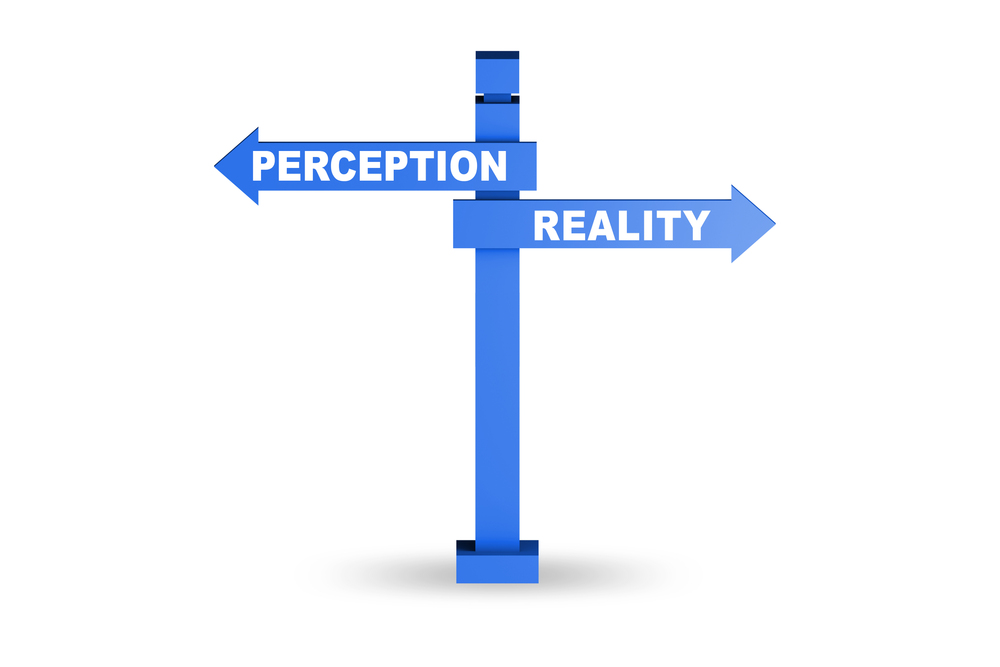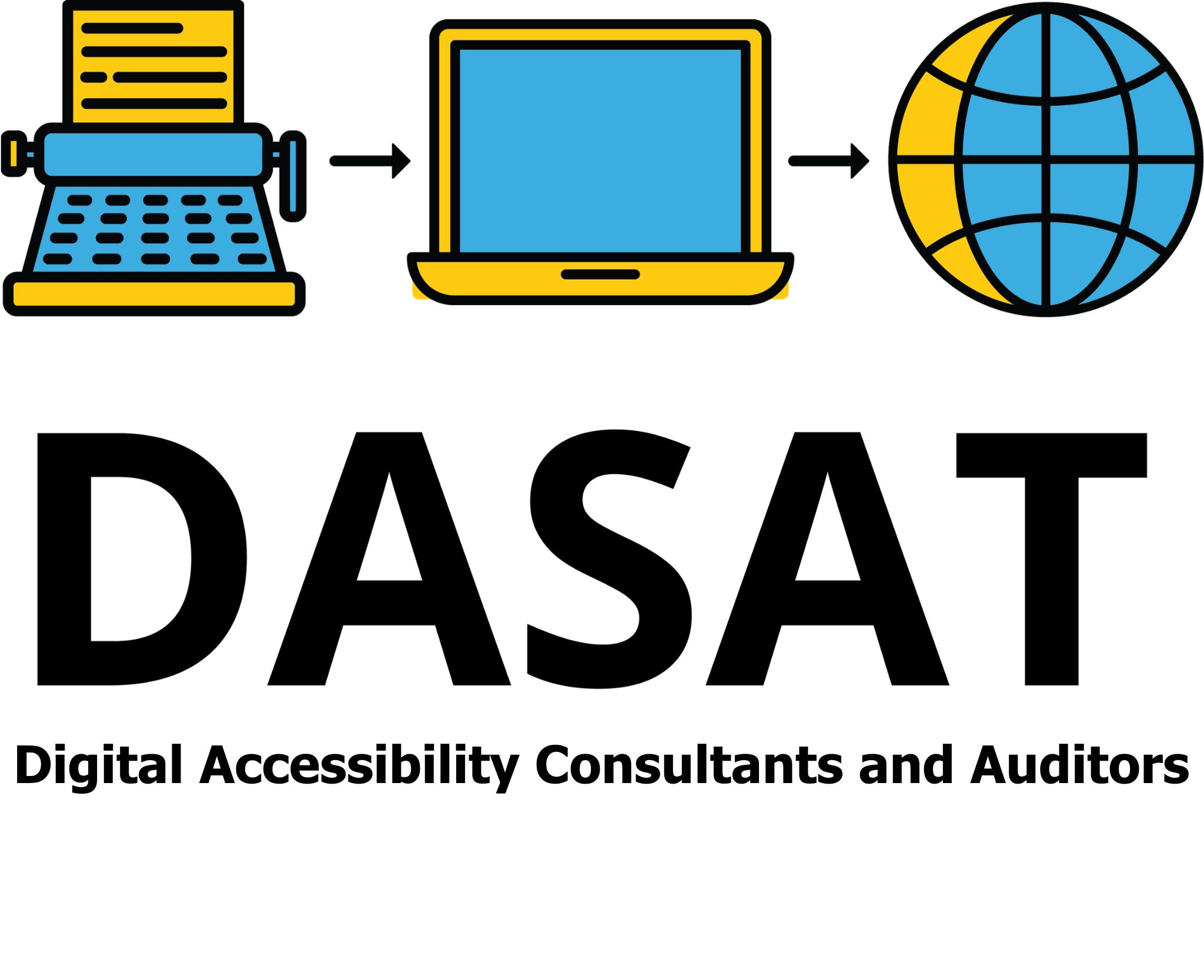 Disability Discrimination Act Review:
Disability Discrimination Act Review:
Building a Stronger Future for Accessibility
Australia is reviewing the Disability Discrimination Act 1992 (DDA) to make sure it is still effective more than 30 years after it was first introduced. The review is part of the Government’s response to the Disability Royal Commission, which highlighted ongoing barriers to inclusion and recommended stronger legal protections. It is also driven by the need to update the law to reflect modern society, technology, and community expectations.
You can read the official DDA Review page and the Issues Paper.
It has been a long time since the Act was fully examind — the last major review was in 2009. Much has changed since then, especially in digital technology and workplace inclusion, making this review an important opportunity to modernise the law.

Disability Royal Commission: The lessons.
The Royal Commission into Violence, Abuse, Neglect and Exploitation of People with Disability uncovered widespread problems across education, health, housing, employment, transport, and justice. It showed that:
- People with disability continue to face systemic discrimination and exclusion from mainstream services.
- The current complaint-based approach under the DDA often places a heavy burden on individuals, who must prove discrimination case by case.
- Many organisations lack clear guidance on their responsibilities, leading to inconsistent or inadequate action.
The Commission recommended stronger laws and proactive duties to prevent discrimination before it occurs. This review of the DDA is one of the Government’s first steps in acting on those recommendations.

Direct and Indirect Discrimination
To understand how the Act works, it is important to look at the difference between direct and indirect discrimination:
- Direct discrimination (Section 5): This occurs when someone is treated less favourably because of their disability. Example: a provider refusing to allow a person with an assistance dog into their business.
- Indirect discrimination (Section 6): This happens when there is a rule, requirement, or practice that appears neutral but unfairly disadvantages people with disability, unless it can be shown to be reasonable. Example: a service requiring everyone to use an online form that is not compatible with screen readers.
Digital accessibility almost always falls into indirect discrimination. While most organisations don’t deliberately exclude people with disability from online services, their design choices can unintentionally create barriers. Section 24 of the DDA (goods, services and facilities) is the section most often relied upon in these cases.

Standards in DDA
The DDA is supported by standards that give practical effect to its principles. Three sets of standards are already explicitly recognised:
- Disability Standards for Education (2005) – ensuring education providers make adjustments so students with disability can participate on the same basis as others.
- Disability Standards for Accessible Public Transport (2002) – requiring trains, buses, trams, ferries, and infrastructure to be accessible.
- Disability (Access to Premises—Buildings) Standards (2010) – setting requirements for new buildings and major upgrades, such as ramps, lifts, and signage.
These standards cover education, transport, and the built environment. But what about the digital world, which has become central to daily life?

Other Proposed Changes?
The Issues Paper outlines several important reforms being considered:
- Clarifying Definitions: Updating the terms disability, discrimination, and reasonable adjustment to reflect modern understanding.
- Strengthening Disability Action Plans: Requiring minimum standards, measurable outcomes, and public reporting.
- Improving the Complaints Process: Making it less stressful and easier to use for people with disability.
- Aligning Laws: Ensuring the DDA works more smoothly alongside other anti-discrimination legislation.
- Boosting Enforcement Powers: Considering stronger investigatory and compliance powers for the Australian Human Rights Commission.

Positive Duty: Prevent Discrimination before it happens.
One of the most significant proposals in the review is the introduction of a positive duty. Instead of waiting for discrimination to occur and relying on complaints, organisations would need to take proactive steps to prevent it.
Why it matters:
- For people with disability, it reduces the burden of enforcement and makes inclusive design the default.
- For small business, it offers clearer expectations and less risk of disputes.
- For the wider community, it promotes fairness and shared responsibility.
Positive duty represents a cultural shift—from reactive compliance to proactive inclusion.
If your site or messages talk about mental health, always include a short line about where to get urgent help. Provide a trusted local helpline number or a link to services.
In Australia, Lifeline is available 24/7 on 13 11 14.

Digital Accessibility: From Implicit to Explicit
At present, digital accessibility is only implicitly recognised under the DDA, largely through the Guidelines for Equal Access to Digital Goods and Services. These guidelines draw on the Web Content Accessibility Guidelines (WCAG) and have been used as a reference point when accessibility complaints are made under Section 24.
The problem is that the link is indirect, and many organisations are unclear about their obligations. Making digital accessibility explicit in the DDA would:
- Clarify obligations so businesses, government, and service providers know exactly what is expected.
- Ensure consistency, creating the same level of certainty online as already exists for education, transport, and premises.
- Encourage proactive design, so websites, apps, and digital services are accessible from the start, not patched later.
To learn more about why digital accessibility matters, see our page on digital accessibility.

What it means?
People with Disability
- Positives: Stronger protection, equal access to education, transport, buildings, and digital services.
- Negatives: Transition delays while organisations update their systems.
Small Businesses
- Positives: Clearer rules, improved customer reach, stronger reputation.
- Negatives: Costs for upgrades, staff training, and compliance processes.
Australian Community
- Positives: A more inclusive, fair society with greater workforce participation and economic benefits.
- Negatives: Some resistance from industries not yet prepared for the changes.

Final Thoughts
The Disability Discrimination Act review is a once-in-a-generation opportunity to modernise one of Australia’s most important human rights laws. The last major review was in 2009, and the world has changed significantly since then. This review responds directly to the Disability Royal Commission, which showed that stronger, clearer protections are urgently needed.
By clarifying how direct and indirect discrimination apply, strengthening existing standards, introducing a positive duty, and making digital accessibility explicit, the DDA can better reflect the realities of modern life.
Learn more and take part through the Attorney-General’s Department DDA Review page.
Disclaimer: We do not have a legal background. This article is our interpretation and point of view only and should not be taken as legal advice.
